Inconel 718 is a high-strength, corrosion-resistant nickel chromium material used at temperatures ranging from -423°F to 1300°F. It is a nickel-based superalloy that combines high strength and resistance to oxidation and corrosion. It is extensively used in aerospace, marine, oil & gas and chemical processing industries due to its excellent mechanical properties at both high and low temperatures.
Inconel 718 Chemical Composition
Inconel 718’s exceptional properties arise from its carefully balanced chemical composition. The primary constituents of Inconel 718 include:
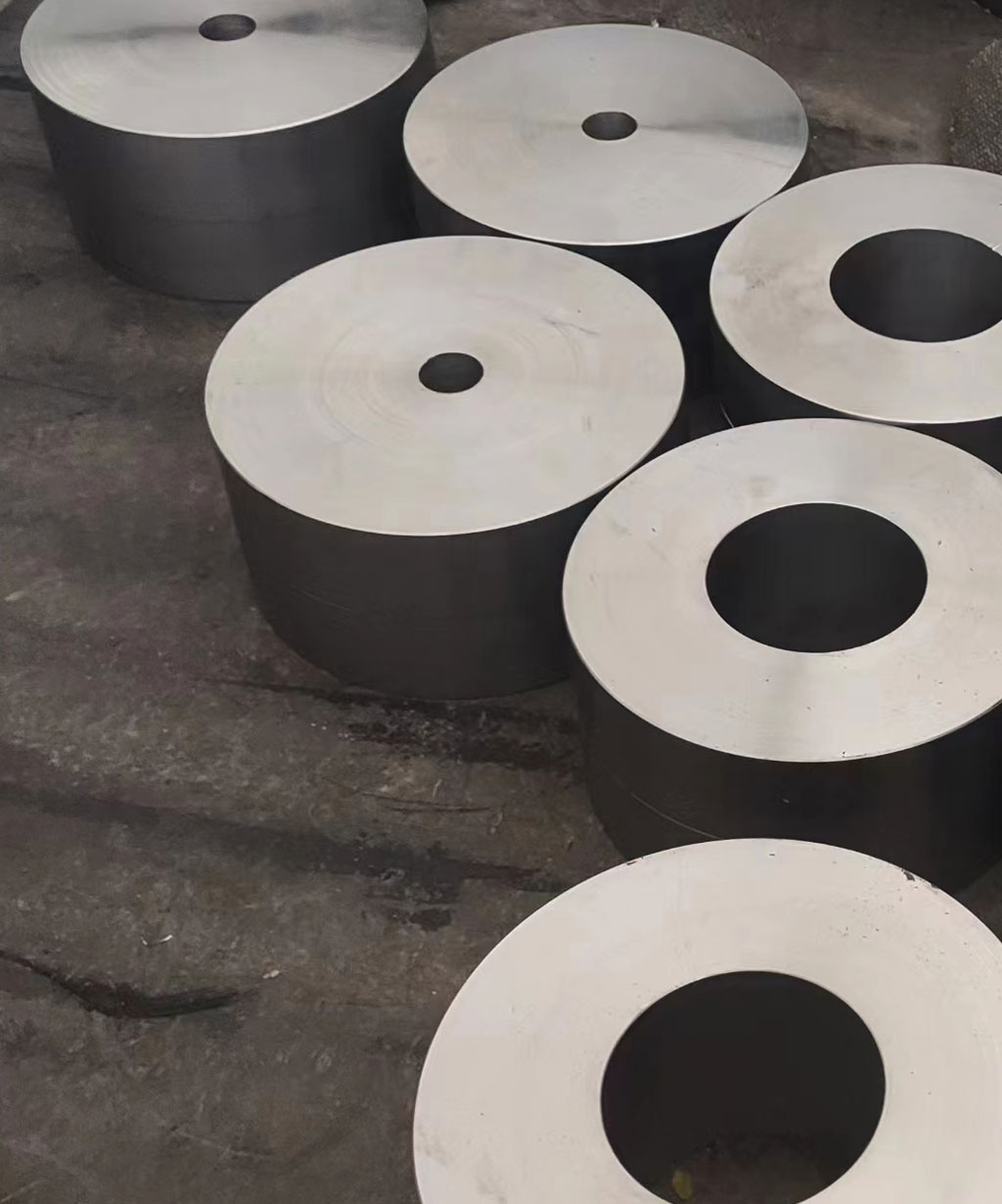
- Nickel (Ni): 50-55%
- Chromium (Cr): 17-21%
- Iron (Fe): Balance (Typically 17%)
- Niobium (Nb) + Tantalum (Ta): 4.75-5.5%
- Molybdenum (Mo): 2.8-3.3%
- Titanium (Ti): 0.65-1.15%
- Aluminum (Al): 0.2-0.8%
- Cobalt (Co): 1.0% max
- Copper (Cu): 0.3% max
- Manganese (Mn): 0.35% max
- Silicon (Si): 0.35% max
- Carbon (C): 0.08% max
- Sulfur (S): 0.015% max
- Phosphorus (P): 0.015% max
- Boron (B): 0.006% max
Inconel 718 alloy is a precipitation-hardened nickel-chromium-iron alloy containing niobium and molybdenum. It has high strength at 700°C, good toughness and corrosion resistance in both high and low temperature environments. It can be supplied in solution treated or precipitation hardened state.
Metallurgical Structure Of Inconel 718 Material Composition
The microstructure of Inconel 718 is critical to its performance, especially at high temperatures. It consists primarily of an austenitic matrix with a face-centered cubic (FCC) crystal structure. The high nickel content imparts the austenitic structure, which is stabilized by chromium and iron. Additionally, the alloy’s high strength is achieved through the precipitation of secondary phases such as the gamma prime (γ’) and gamma double prime (γ”) phases.

Gamma Prime (γ’) Phase
The gamma prime phase (Ni3(Al, Ti)) is a primary strengthening phase in nickel-based superalloys. In Inconel 718, the γ’ phase forms as a result of the precipitation hardening process and contributes significantly to the alloy’s high-temperature strength and resistance to creep deformation.
Gamma Double Prime (γ”) Phase
The gamma double prime phase (Ni3Nb) is another critical strengthening phase in Inconel 718. The γ” phase is primarily responsible for the exceptional mechanical properties of Inconel 718 at intermediate temperatures. This phase provides a coherent precipitate structure that imparts high strength and stability to the alloy.
Mechanical Properties Of Inconel 718
Inconel 718 exhibits an impressive range of mechanical properties that make it suitable for a wide array of demanding applications.
Tensile Strength
The tensile strength of Inconel 718 is notable for its high values, even at elevated temperatures. The alloy typically exhibits a tensile strength ranging from 1030 to 1450 MPa (150 to 210 ksi) depending on the heat treatment and processing conditions.
Yield Strength
The yield strength of Inconel 718 also remains high, ranging from 725 to 1030 MPa (105 to 150 ksi), which ensures that the alloy can withstand significant loads without permanent deformation.
Creep and Stress Rupture Properties
Inconel 718 has excellent creep and stress rupture properties, making it suitable for long-term service at elevated temperatures. The alloy’s ability to maintain its mechanical integrity under prolonged exposure to high temperatures and stress is critical for applications such as gas turbines and aerospace components.
Fatigue Resistance
The alloy’s fatigue resistance is another critical property, especially for components subjected to cyclic loading. Inconel 718 exhibits outstanding fatigue life due to its high strength and stability of the γ’ and γ” phases.
Corrosion Resistance Of Alloy 718 Composition
Inconel 718 is highly resistant to a variety of corrosive environments, including oxidation, pitting, and crevice corrosion. Its excellent corrosion resistance is attributed to the high nickel and chromium content, which forms a protective oxide layer on the surface, preventing further corrosion.
Oxidation Resistance
The alloy demonstrates exceptional oxidation resistance at temperatures up to 1300°F (704°C). The formation of a stable oxide layer on the surface protects the underlying material from further oxidation, enhancing its longevity in high-temperature applications.
Pitting and Crevice Corrosion
Inconel 718 also shows resistance to pitting and crevice corrosion in chloride-containing environments. The presence of molybdenum and chromium in the alloy composition enhances its resistance to localized corrosion mechanisms, making it suitable for use in marine and chemical processing industries.
Applications Of Inconel 718
Inconel 718’s unique combination of properties makes it ideal for a variety of demanding applications across several industries.
Aerospace Industry
In the aerospace industry, Inconel 718 is used in the manufacture of gas turbine engines, including components such as turbine blades, seals, and exhaust systems. The alloy’s ability to maintain mechanical strength and resist oxidation at high temperatures is crucial for these applications.
Marine Industry
Inconel 718’s resistance to seawater corrosion makes it suitable for marine applications, including marine fasteners, springs, and high-strength bolts. The alloy’s durability and resistance to saltwater environments extend the service life of marine components.
Chemical Processing Industry
The chemical processing industry utilizes Inconel 718 in various equipment and components, including valves, pumps, and heat exchangers. The alloy’s resistance to corrosive chemicals and high temperatures ensures reliable performance in harsh chemical environments.
Nuclear Industry
In the nuclear industry, Inconel 718 is used in reactor core components and other critical structures. Its ability to withstand high radiation levels and maintain mechanical integrity at elevated temperatures is essential for nuclear applications.
Heat Treatment Of Inconel 718
The mechanical properties of Inconel 718 can be optimized through various heat treatment processes, including solution annealing, precipitation hardening, and stress relieving.
Solution Annealing
Solution annealing involves heating the alloy to a temperature range of 1700-1850°F (925-1010°C) and holding it for a specified duration, followed by rapid cooling. This process dissolves the secondary phases and creates a homogeneous microstructure, improving ductility and toughness.
Precipitation Hardening
Precipitation hardening is a two-step heat treatment process that enhances the strength of Inconel 718. The alloy is first heated to a temperature range of 1325-1475°F (715-800°C) to precipitate the γ” phase, followed by a lower temperature aging treatment to precipitate the γ’ phase. This process increases the alloy’s tensile and yield strength.
Stress Relieving
Stress relieving involves heating the alloy to a temperature range of 1100-1300°F (595-705°C) and holding it for a specified duration to reduce residual stresses. This process improves the dimensional stability and reduces the risk of distortion during subsequent machining or service.
Fabrication and Machining
Inconel 718 can be fabricated and machined using conventional techniques, although its high strength and work hardening characteristics pose challenges.
Alloy 718 machining and heat treatment: It is a difficult material to process in the field of mechanical machining.
- Preheating: The workpiece must be cleaned before and during heating to keep the surface clean. If the heating environment contains sulfur, phosphorus, lead or other low-melting-point metals, the alloy will become brittle. Impurities come from paint, chalk, lubricating oil, water, fuel, etc. for marking. The sulfur content of the fuel should be low, such as the impurity content of liquefied gas and natural gas should be less than 0.1%, the sulfur content of city gas should be less than 0.25g/m3, and the sulfur content of petroleum gas should be less than 0.5% is ideal.
- The electric furnace for heating Alloy 718 should preferably have a more precise temperature control capability, the furnace gas must be neutral or weakly alkaline, and the furnace gas composition should avoid fluctuations in oxidation and reduction.
- Hot working: The suitable hot working temperature of the alloy is 1120-900℃, and the cooling method can be water quenching or other rapid cooling methods. Annealing should be carried out in time after hot working to ensure the best performance. During hot working, the material should be heated to the upper limit of the processing temperature. In order to ensure the plasticity during cnc machining, the final processing temperature when the deformation reaches 20% should not be lower than 960℃.
- Cold working: Cold working should be carried out after solution treatment. The work hardening rate is greater than that of austenitic stainless steel. Therefore, the machining equipment should be adjusted accordingly, and there should be an intermediate annealing process during the cold working process.
- Heat treatment: Different solution treatment and aging treatment processes will obtain different material properties. Due to the low diffusion rate of the γ” phase, the alloy can obtain the best mechanical properties through long-term aging treatment.
- Grinding: The oxide near the weld of the workpiece is more difficult to remove than that of stainless steel. It needs to be polished with fine sand belt. Before pickling in a mixed acid of nitric acid and hydrofluoric acid, the oxide should also be removed with sandpaper or salt bath pretreatment should be performed.
- Machining: Inconel 718 Machining needs to be carried out after solution treatment. The work hardening of the material should be taken into account. Unlike austenitic stainless steel, low surface cutting speed is suitable.
- Alloy 718 welding: The precipitation hardened Inconel718 alloy is very suitable for welding and has no tendency to crack after welding. Weldability, easy machining and high strength are the major advantages of this material.
Suitable for arc welding, plasma welding, etc. Before welding, the surface of the material should be clean, free of oil stains, chalk marks, etc., and the area within 25mm around the weld should be polished to reveal bright metal.
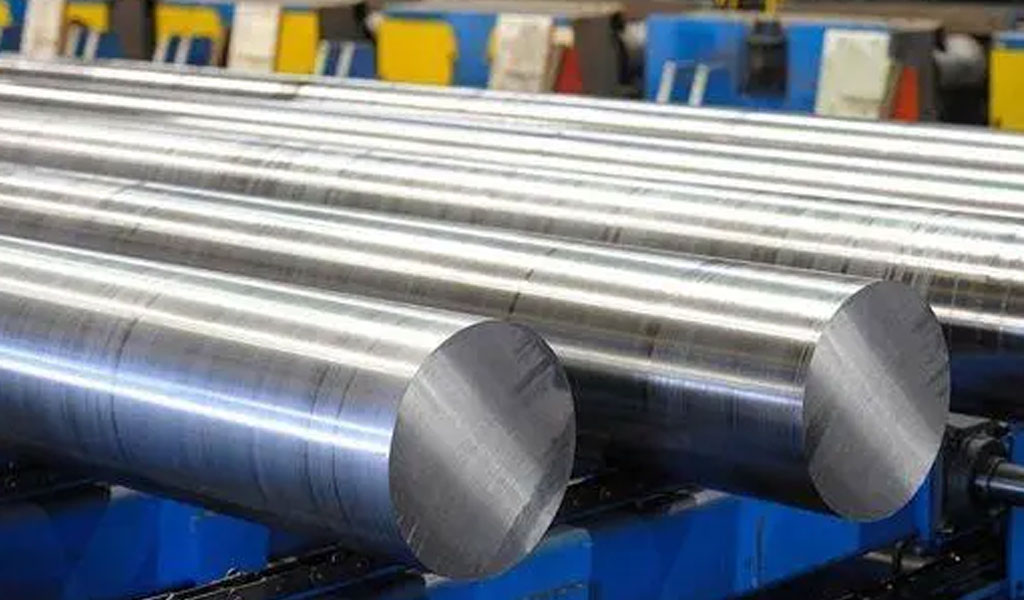
Conclusion
With the development of industry and the increasing demand for high-performance materials, INC718 alloy has a promising future in high-temperature and corrosion-resistant applications.
Especially in the field of additive manufacturing, INC718 has become one of the most widely used high-temperature alloy materials in 3D printing technology due to its excellent mechanical properties and high-temperature resistance113.
Inconel 718 is a versatile and high-performance alloy that offers a unique combination of mechanical strength, corrosion resistance, and high-temperature stability. Its carefully balanced chemical composition and microstructure make it suitable for a wide range of demanding applications across various industries. The alloy’s ability to maintain its properties under extreme conditions ensures its continued use in critical applications, from aerospace engines to chemical machining equipment.

Working With An Experienced Custom Superalloys Parts Partner
Looking for reliable, quick-turn superalloys fabrication services suppliers and superalloys product manufacturers? Working with a specialized and seasoned manufacturer can help you save time and money, Be-cu is one of these options. Based on decades of experience in superalloys fabrication services, our engineers, designers, and technicians are capable to optimize the product design, prototypes building, material selection, and superalloy parts production.
Under normal cutting conditions, the surface layer of superalloy will have problems such as excessive hardening layer, residual stress, white layer, black layer, and grain deformation layer.Services including:
We also have a well-equipped machine shop and advanced manufacturing facilities to deliver custom superalloy parts with simple or complex geometries, applying various technologies including milling, turning, drilling, wire EDM, grinding, or other machining processes, as well as finishing services and more fabrication methods. Whether you want to reach high precision, repeatability, or tight tolerances, our superalloy manufacturing parts will match your needs. For the best superalloy fabrication company, look no further than Be-cu, welcome to send your inquiry to us.
-

3D Printed Inconel Exhaust Manifold
-

Crawler Robot Components for Oil Pipeline Interior Walls
-

Restoration of Petroleum Splined Shafts through Supersonic Thermal Spray Coating
-
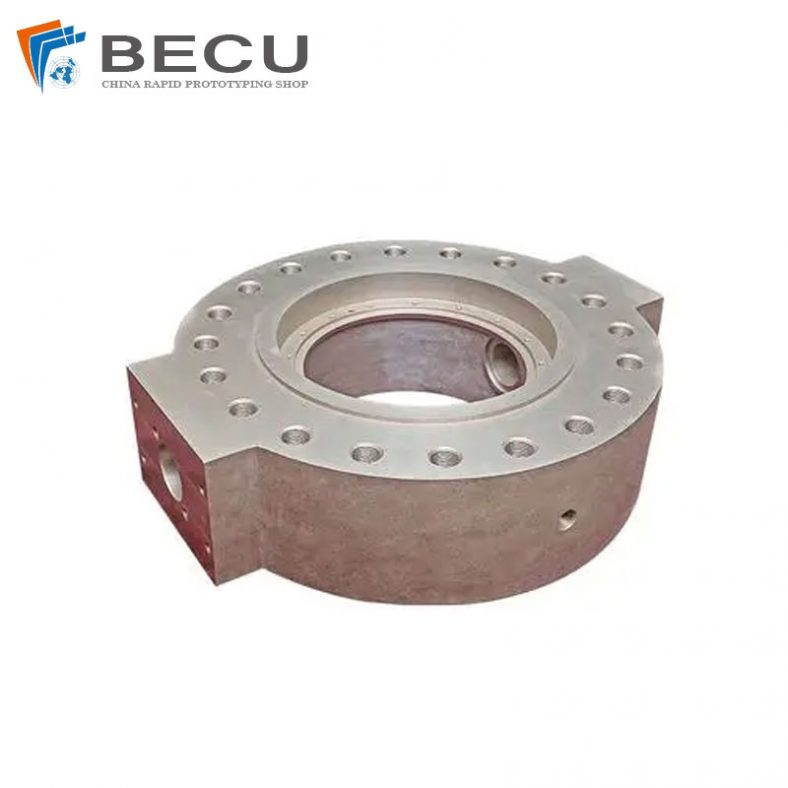
CNC Machining Monel K500 Butterfly Valve
-

Large CNC Turning Inconel 625 Automobile Engine Camshafts
-
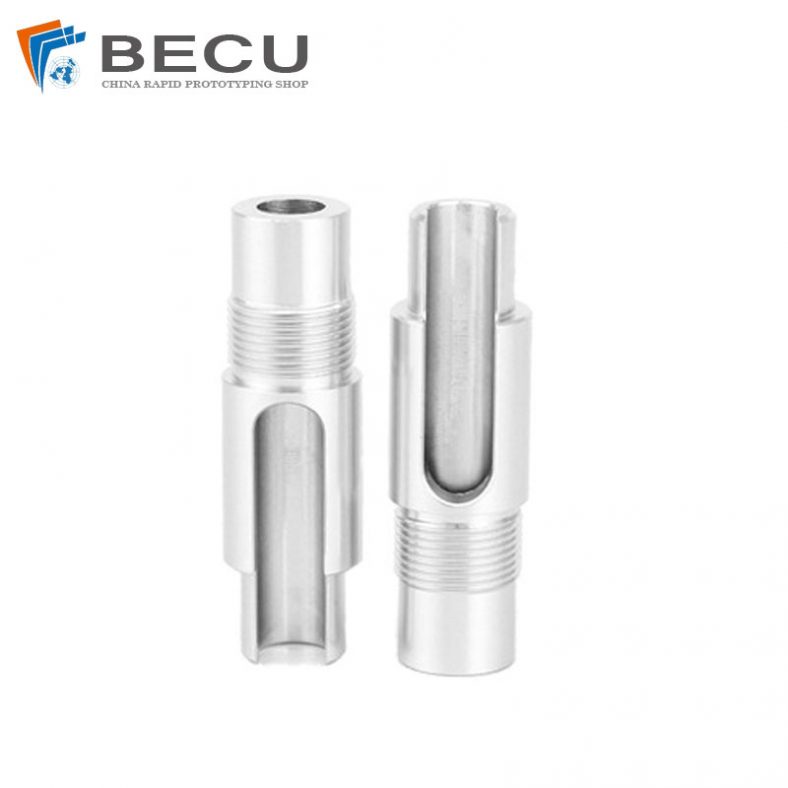
CNC Turn-Mill Machining Hastelloy c276 Parts
-
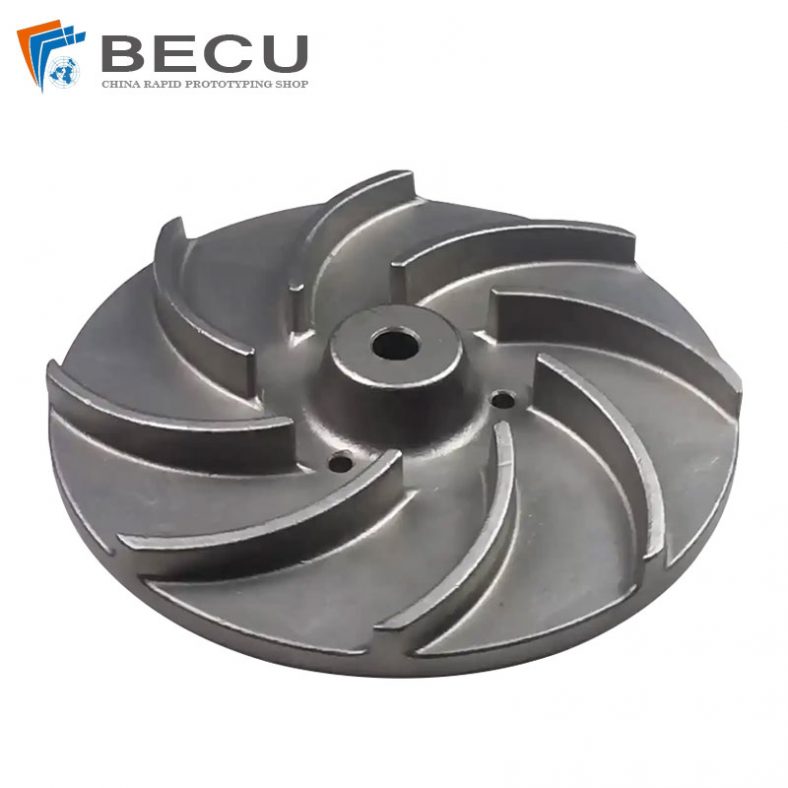
Precision CNC Machining Inconel 718 Cast Impeller
-
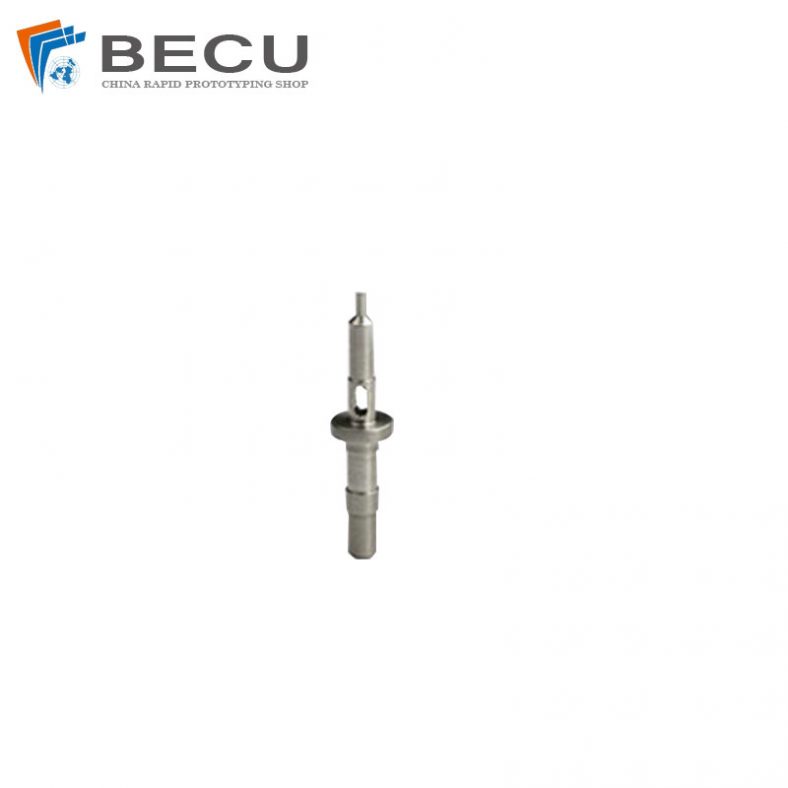
Micro CNC Machining Kovar 4J29 Medical Implant
-
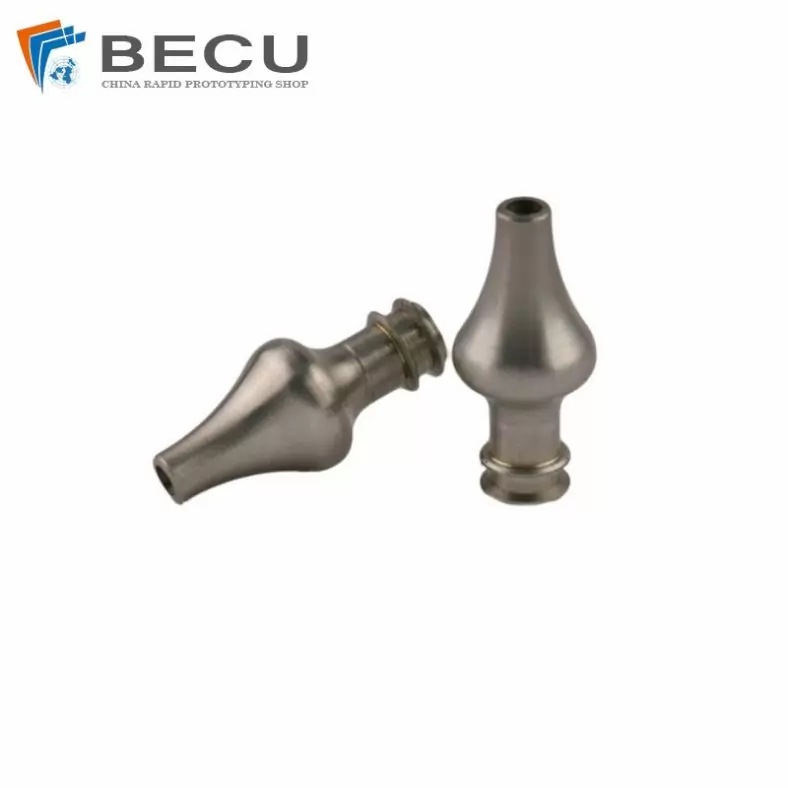
Turn-Mill Cnc Machining Kovar 4j29 Parts
